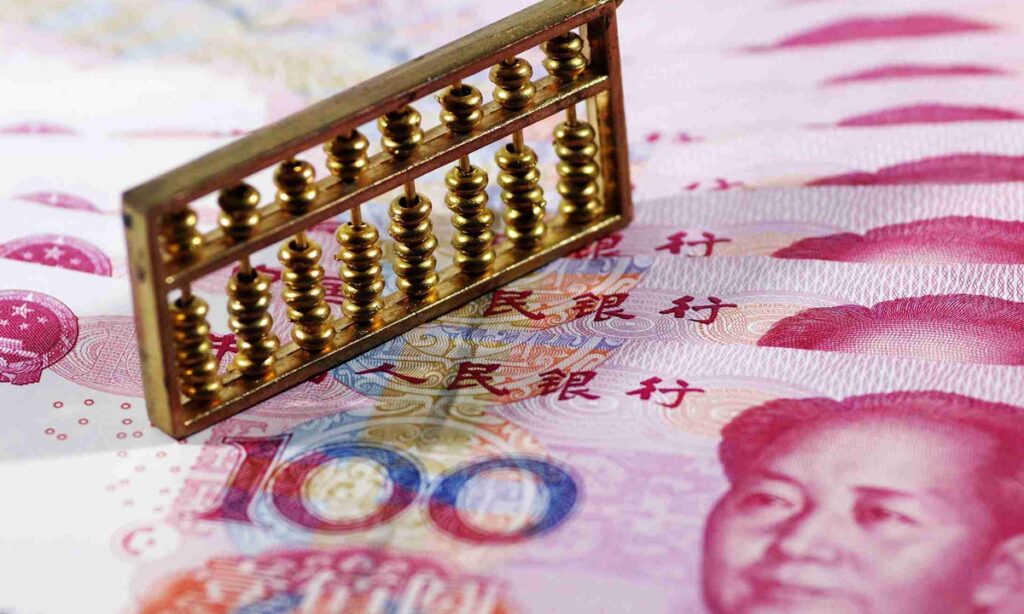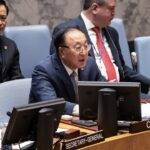China’s benchmark loan rates unchanged as economy remains on recovery trajectory
Chinese Premier Li Qiang presided over a meeting of the Central Financial Commission on Monday, which adopted a program for the division of key tasks related to the promotion of high-quality financial development. The meeting emphasized that efforts should be made to enhance the quality of financial services for economic and social development, focusing on supporting technology finance, green finance, inclusive finance, pension finance and digital finance. Related departments are required to urgently roll out specific policies, so as to promote the improved development of the financial industry.
Also on Monday, China’s one-year loan prime rate (LPR), a market-based benchmark lending rate, remained at 3.45 percent, unchanged from the previous month. The over-five-year LPR, on which many lenders base their mortgage rates, was also unchanged from the previous reading of 4.2 percent, according to the National Interbank Funding Center.
With fiscal policies and financial stimulus moves continuously producing results, especially the issuance of additional government bonds worth 1 trillion yuan ($139.3 billion), economists expressed full confidence that China can achieve its annual GDP growth target of about 5 percent this year, as well as a sound economic performance next year.
In November, the LPRs remained unchanged for a third straight month. The People’s Bank of China (PBC), the country’s central bank, cut both the one-year LPR and five-year LPR by 10 basis points (bps) in June, and cut the one-year LPR by another 10 bps in August while leaving the five-year rate unchanged.
In addition, the PBC cut financial institutions’ reserve requirement ratios twice so far this year, by 0.5 percentage points in total.
“The central bank’s latest move is within market expectations,” Zhou Maohua, a macroeconomist at China Everbright Bank, told the Global Times on Monday.
The interest rate on the medium-term lending facility (MLF) – to which the one-year LPR is loosely pegged – remains unchanged. Meanwhile, new yuan-denominated loans and total social financing beat market expectations in October, Zhou said.
According to data released by the PBC on November 13, the country’s yuan-denominated loans rose by 738.4 billion yuan in October, which far exceeded market forecasts of 600-650 billion yuan.
Chen Fengying, a research fellow at the China Institutes of Contemporary International Relations, told the Global Times on Monday that there may be more LPR cuts in the coming months. However, since the marginal effect of cutting LPRs is declining, financial regulators will tend to give priority to policies that will help stabilize confidence, ensure the healthy development of the real estate sector and resolve local government debt risks, she said.
On Friday, the PBC, the National Administration of Financial Regulation and the China Securities Regulatory Commission jointly told the country’s biggest financial institutions to balance their loan offerings and coordinate their credit plans for the final two months of this year and the beginning of next year to bolster steady economic growth, according to a statement on the central bank’s website.
The financial regulators vowed to support property developers in borrowing, issuing bonds and ensuring reasonable equity financing in the capital markets, and working together to resolve local government debt risks.
“There is room for a cut to the LPR interest rate, which relies on the performance of the economy, consumer prices, MLF interest rates and other factors,” Zhou said, noting that he believes the LPR will remain steady through the end of 2023.
Zhou said that financial regulators are expected to further reduce financing costs for weak links in the economy and key emerging sectors through market-oriented reform of interest rates and monetary policy to support the economic recovery.
As targeted policies rolled out since July continue to produce effects, the country’s economic activity has maintained upward momentum, with both enterprises and consumers showing higher confidence.
In October, China’s value-added industrial output increased by 4.6 percent year-on-year, up from 4.5 percent in September. Retail sales grew 7.6 percent in October in year-on-year terms, accelerating from 5.5 percent in September, data from the National Bureau of Statistics showed.
There is full confidence that China can achieve its GDP growth target of about 5 percent in 2023, and may even reach 5.4 percent, Chen said.
“While the authorities are intensifying macro-policies, the improvement in the external environment also creates conditions for the sustained recovery of the Chinese economy,” she said, noting that this year’s growth has built a solid foundation for China’s stable economic growth in 2024.
(Global Times)




